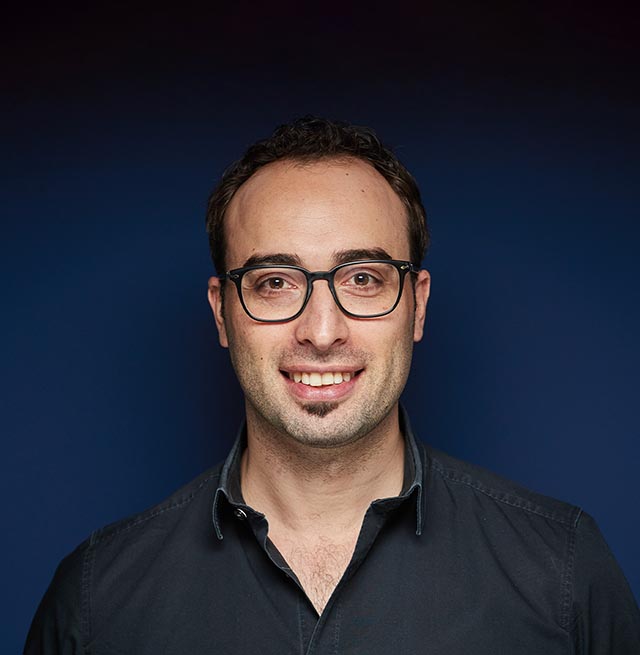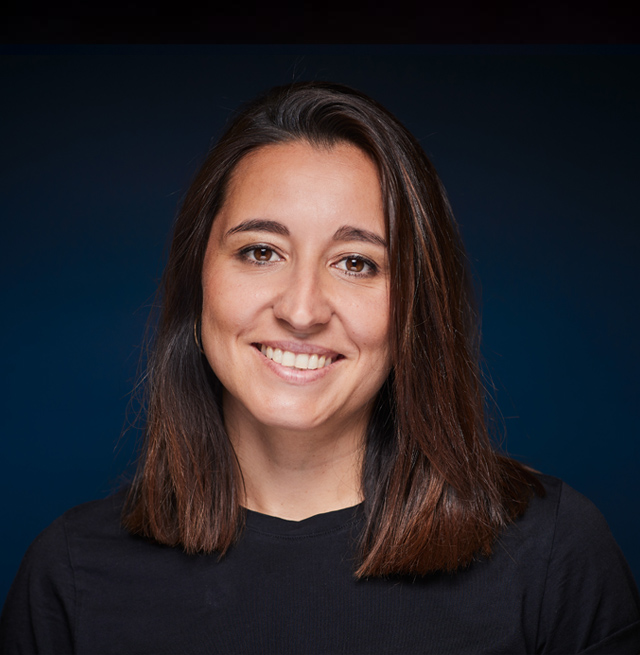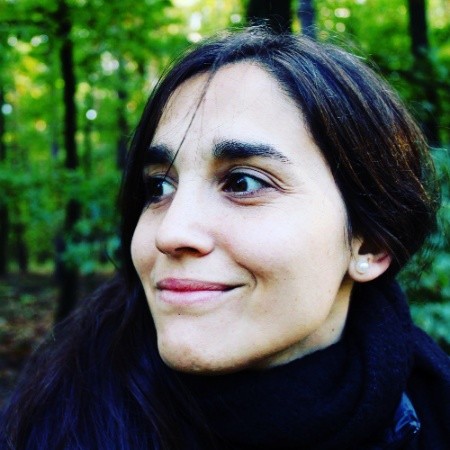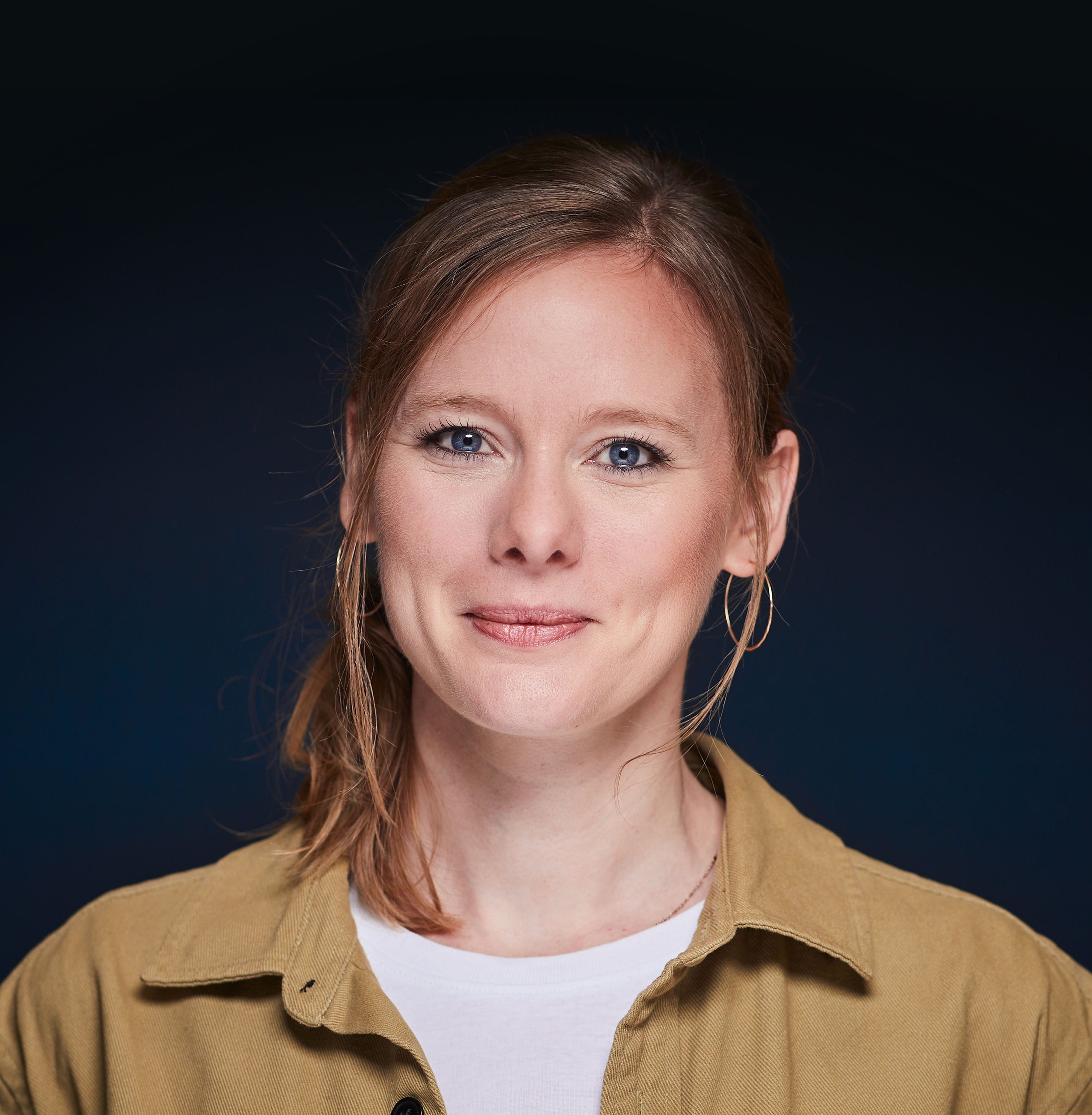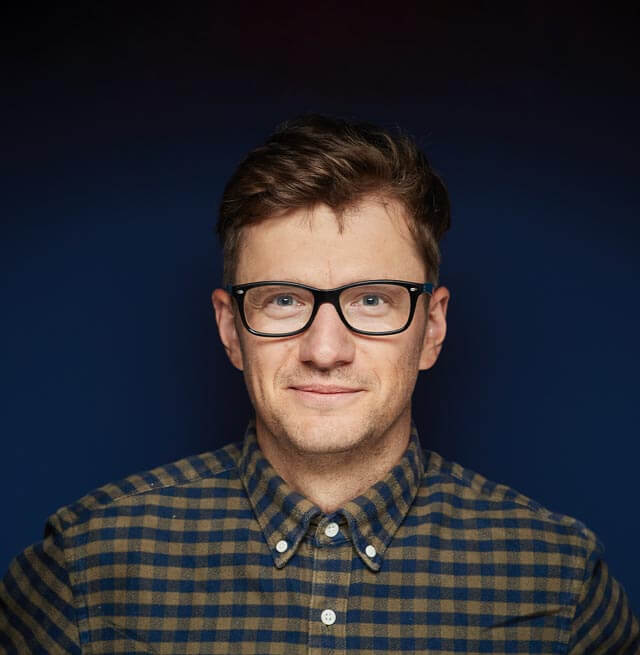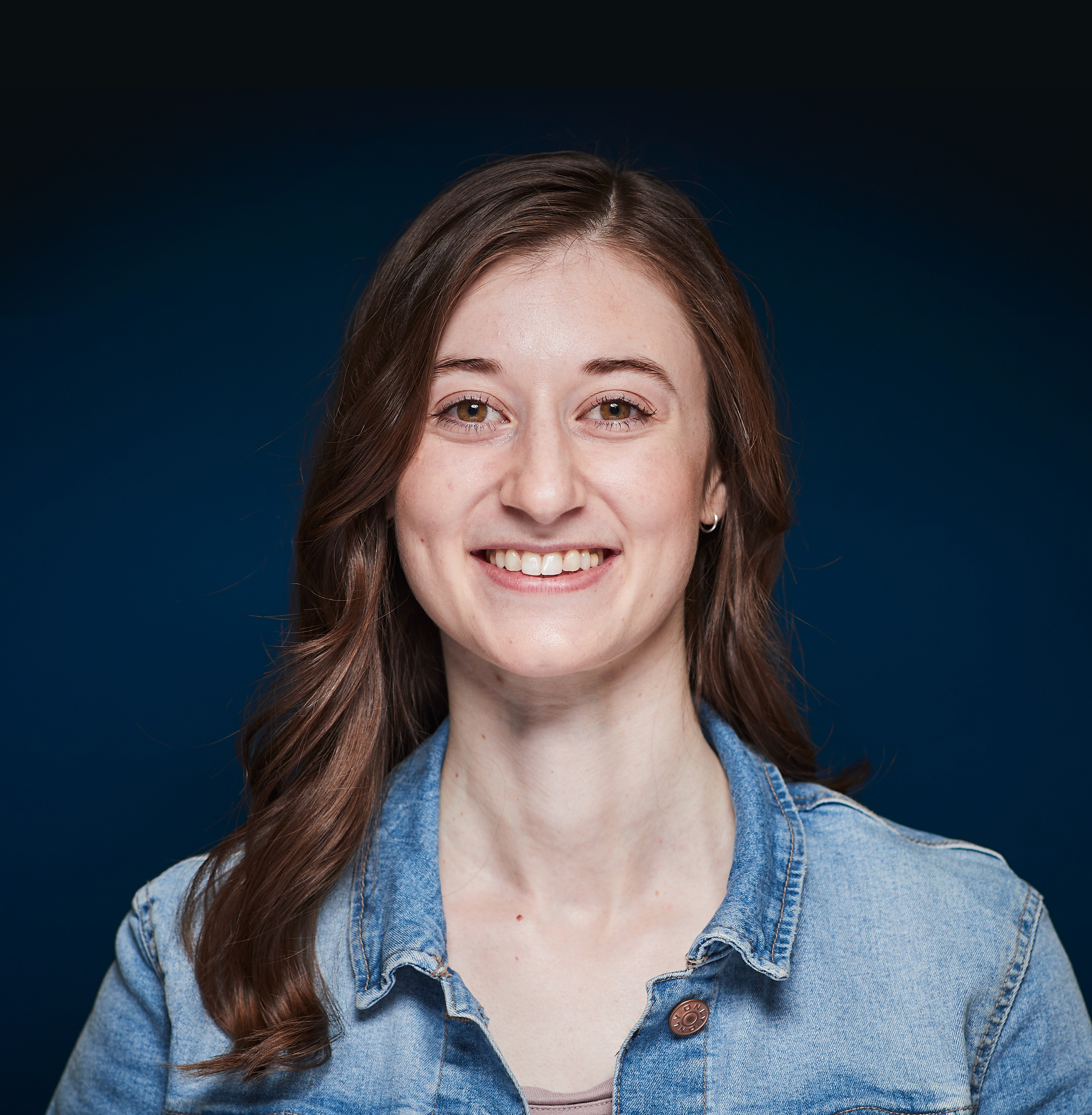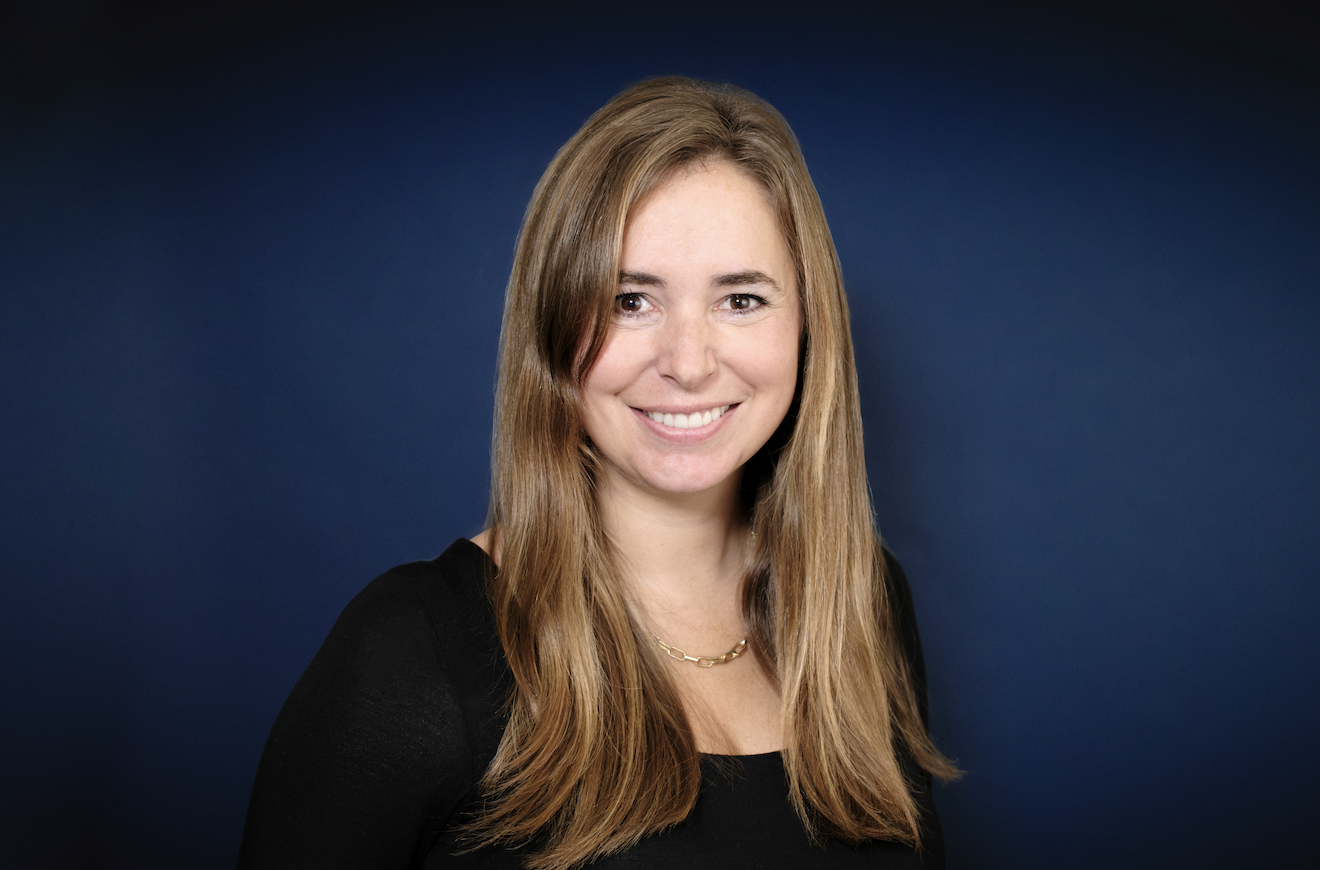By Johanna Loomis, Lead Industrial Designer
Service Becomes a Natural Ingredient of the Industrial Design Process and Vice Versa
In the past, Industrial Design and Product Development relied on integrating eternally improving functional features to prevail in the market until the competition caught up. That process was fine for a long period of time. Now, I think these times are over. Mere “higher, faster, further” doesn’t work anymore.

“Higher, Faster, Further” is Not Enough
On the one side because of the amount of product alternatives and competitors on the market, as well as the high level of innovations set by young pushy start-ups. On the other side the customer expectations for personalization, convenience and immediacy have risen sharply. Implementing only a new feature would not address these requirements.
Service providers are expected to offer product solutions, but Industrial Designers and Product Developers are also expected to offer a service with the purchase of a physical Item. It seems that user centricity and the combination of both business fields are the key to a successful product/service launch nowadays.
New Chances to Create a Holistic Brand Strategy
Industrial design is increasingly influencing service design processes and vice versa. The processes have quite similar approaches, encompassing the four key activities: Research, Ideation, Prototyping and Implementation. So why not leverage the synergy of the two worlds of creativity?
Industrial Designers by nature have an interface position, and in this case we are building bridges to sales perspectives and trying to find beneficial service features for the user that are not necessarily physical, but work holistically within the strategic design concepts. It’s a great opportunity for Industrial Designers to expand their scope of work, the iterative design process, but most importantly their sphere of influence.
Examples
Some examples to explain what the results could be if these two business areas fusion:
- Bosch, originally a classic hardware developer, is transforming it´s Smarthome series into a “connected business” and is offering a “Help Connect” button in its App. An emergency call system that, for €4.99 a month, informs the responsible service provider when water damage, fire, or burglary threatens your beloved home, when you are not there. This is just one of the subscription models with which Bosch is increasingly becoming a service provider instead of earning money exclusively with their devices (Source).
- Even the established company Ikea planned to bring office furniture rental by m2 to the German market with the office furniture start-up Nornorm (Source).
- But it also works the other way around, widely known is Amazon’s Echo. It is offering a physical device that provides quick access to company services.
How Vay Handles this Development
Meeting customer needs is Vay’s USP. To manage the development from the ground up, the UX Design Team at Vay has influence on different departments and the company culture. UX Designers at Vay are for a example a part of the End-Customer domain and co-develop Service Concepts (e.g. ODD) and support empirical target group identification with UX research methods.
Reading several Trend Reports, it becomes clear that renting instead of owning and fee-based additional services are becoming a big topic in the mobility and transportation sector. All-round carefree packages are booming.
Teledrivers are our employees, therefore no pay-features are expected on Teledriver side, we want to offer our employees the best possible and safest experience and have e.g. configured the support of visual AR overlays to increase warnings for e.g. cyclists by default. Teledrivers have the opportunity to express their wishes in regular surveys and UX-testings then determine the priorities according to which improvements can be introduced.
For the end user though, who books the car-sharing service, we can offer added value on top depending on customer request.
For example, we could offer a login without a smartphone, save individual mood interior settings.
These kinds of offerings are being developed together as a team of UX and Service Designers. With the common goal in mind of building a seamless positive brand experience across multiple platforms.(See the first articles: Design-driven culture benefits all & Designers gain Influence in highly complex environments)

